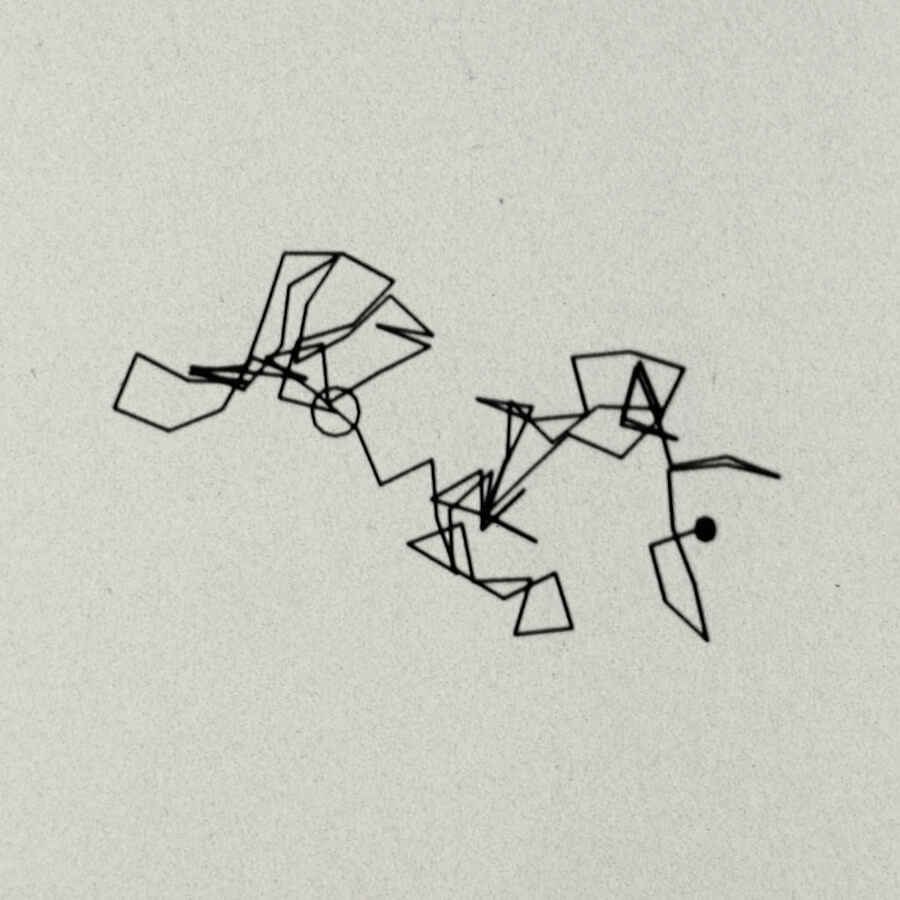On 14 November 1967, a letter from David Roseveare, Schools Television Producer at the BBC, outlined the requirement for the random walk film. (A shorter note is pictured above for ease of blog-reading).
The project was to be created at a cost of £75 and gain approval from the Institute of Computer Science by 4 December, 1967. (Tony needed to borrow their Atlas super-computer again).
(At the time, Tony was working as Benedict Nixon’s research assistant – a post kindly created to allow him access to the Atlas computer.)
Most of the work on the project was completed by March 1968 with demonstration of the completed film. Final form regarding holds in the film were finalised (for when the presenter needed to speak over the film) in March 1968.

